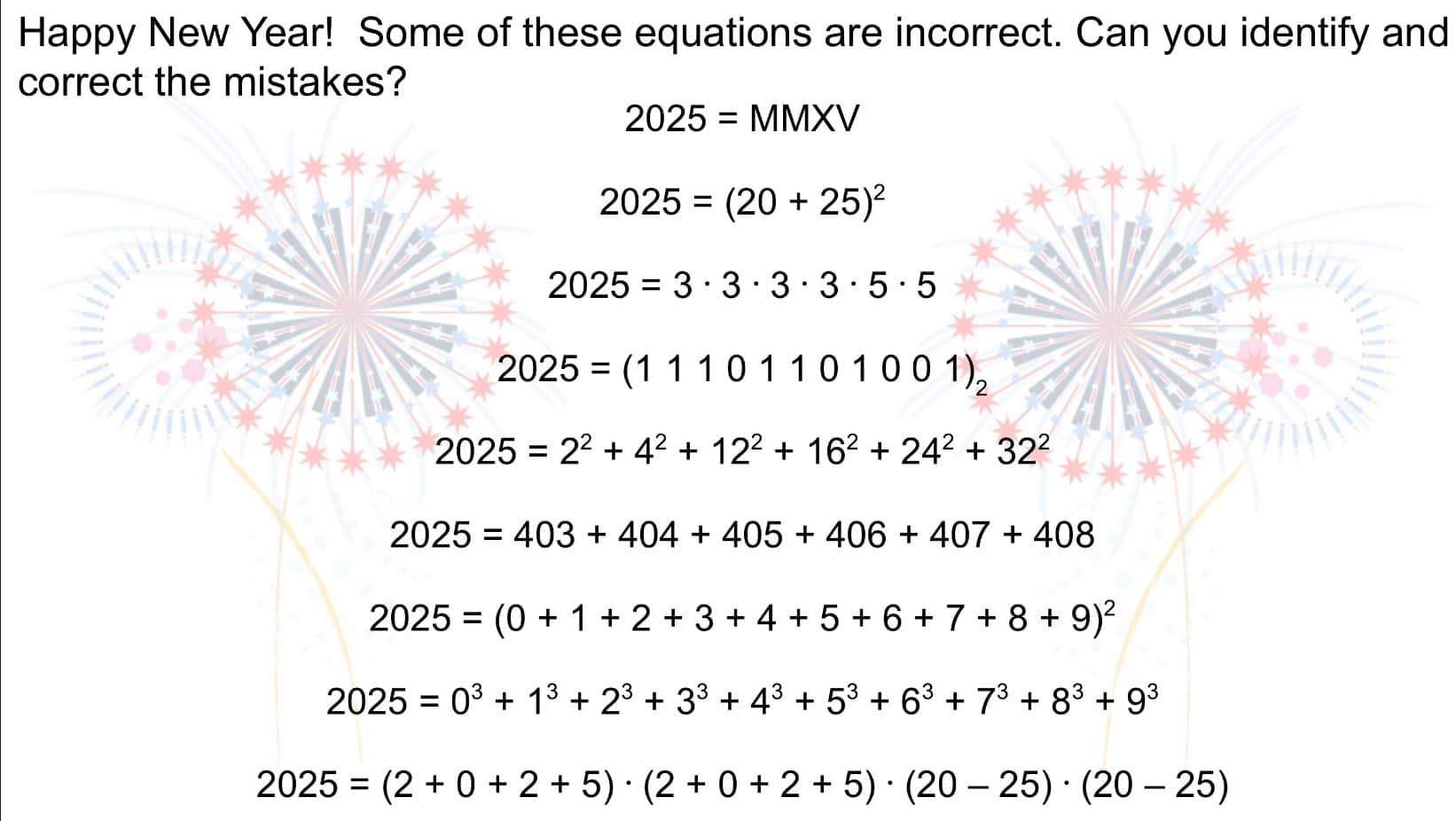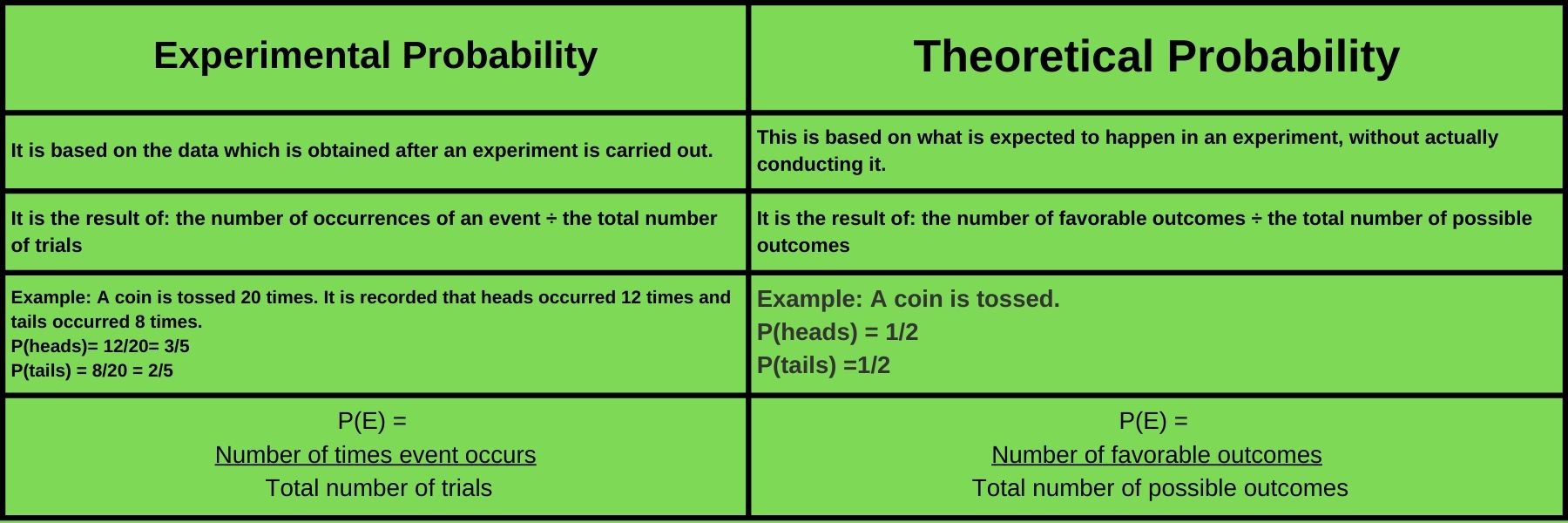Practice finding perimeter and area in this math mini spark.
Spark your thinking!
- Set up your math mini spark recording page: #111: Spaghetti and Meatball Math
- Listen to the story, Spaghetti and Meatballs for All! When you are done listening, answer this question on your recording page. What was Mrs. Comfort worried about? Why? After you record your answer, scroll to the bottom of this post to check your work.
3. At the beginning of the story Mrs. Comfort knew she had 32 people coming to the family reunion. Although Mrs. Comfort didn’t use mathematical terms to describe her plan, it’s possible to use area and perimeter to talk about her solution.
If you think about the top of each square table as having the area of 1 square unit, then the perimeter of each individual table is 4 units or one 1 unit of length for each side.
All of the guests did not arrive at the same time. List the number of guests seated at one time, then add to the total number of guests as more arrive. Next, figure out the table arrangement for each total number of guests using perimeter and area in units.
Print this table or make your own for this task.
4. Ask your teacher to check your work. Reminder: The key can be found in the math mini spark folder.
5. Share your project with your teacher or the EY coordinator in your building.
Mrs. Comfort was worried that there would not be enough room for everyone to sit. There wasn’t going to be enough room, because when you push tables together you lose chairs. She knew that the number of people who can sit at a table changes when the tables are pushed together or rearranged.


















 Friendly numbers are a special type of number that have a unique connection with other numbers. To understand this relationship, we will add up all of the factors of a number and then we look at the index of a number and compare it to the index of another number. Check it out in this mini spark.
Friendly numbers are a special type of number that have a unique connection with other numbers. To understand this relationship, we will add up all of the factors of a number and then we look at the index of a number and compare it to the index of another number. Check it out in this mini spark.